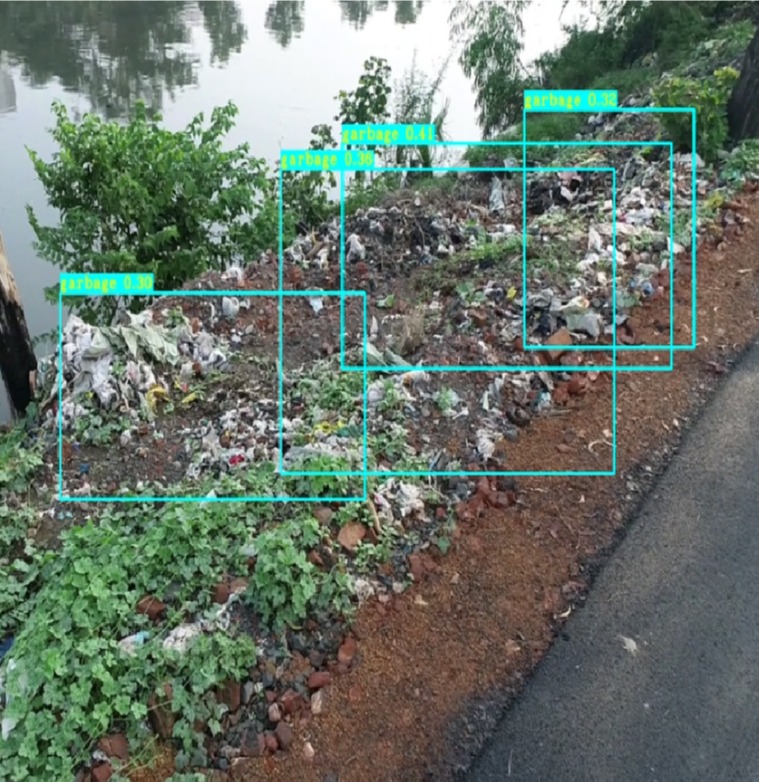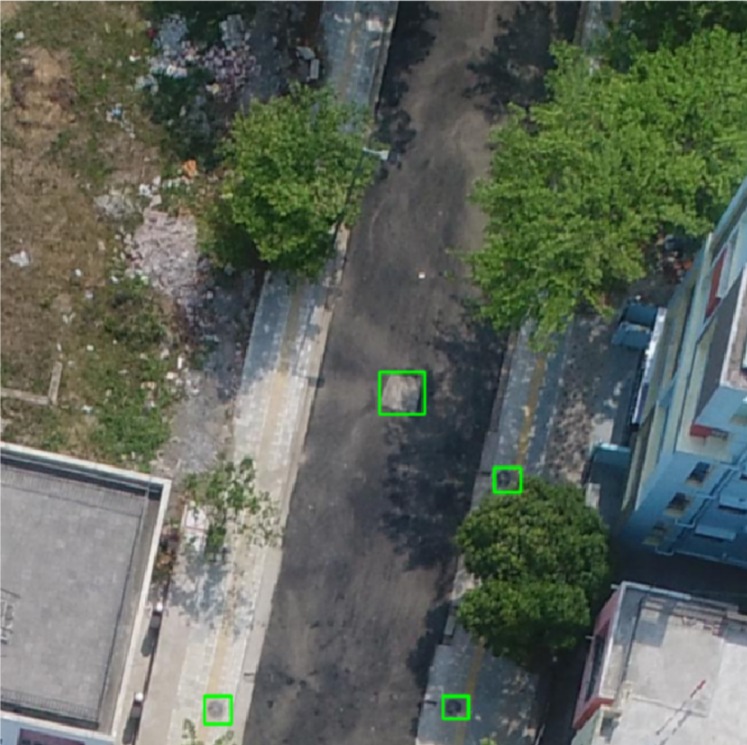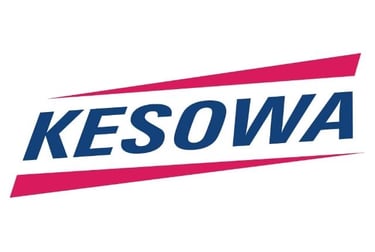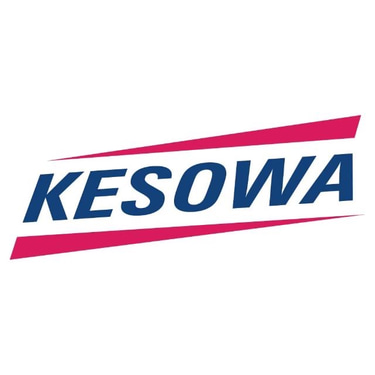Decoding Urban Aesthetics: Measuring Visual Pollution with the VPI
Temporal Change Detection - Visual Pollution Index
ARU-SOFTWAREOPSUSE-CASE
2/20/20253 min read


Introduction
As cities grow and evolve, their landscapes reflect modernization, but also a hidden challenge—visual pollution. From cluttered streets and faded signage to potholes and overflowing garbage, these elements disrupt urban aesthetics and impact mental well-being. Yet, visual pollution remains largely unmeasured in urban planning.
To address this, we introduce the Visual Pollution Index (VPI)—a systematic way to detect and quantify visual pollution using aerial imagery. By analyzing urban landscapes, this approach helps map pollution hotspots and enables planners to restore visual harmony.
________________________________________
Understanding Visual Pollution
Visual pollution isn't just about ugly or cluttered spaces—it affects how people experience and interact with a city. Research shows that poor urban aesthetics can lead to stress, reduced property values, and lower quality of life. Key contributors include:
✅ Graffiti & faded signage – Sign of neglect and lack of maintenance
✅ Potholes & broken roads – Hazardous and visually disruptive
✅ Unkempt facades & billboards – Diminish architectural appeal
✅ Garbage & construction debris – Detract from a city’s cleanliness
With rapid urbanization, it's crucial to quantify and visualize these elements to drive better urban planning.
________________________________________
How the Visual Pollution Index (VPI) Works
The VPI assigns a score to different urban areas based on two factors:
1️ Diversity of pollutants – More types of visual pollutants mean higher scores.
2️ Severity of pollution – More disruptive elements (like potholes or garbage) are weighted more heavily.
By combining these factors, VPI helps create pollution heatmaps, allowing urban planners to identify problem areas and prioritize improvements.
________________________________________
Mapping Urban Pollution
Our research used aerial images of Newtown, Kolkata, analyzing pollution patterns across different city zones. This approach enabled us to:
📌 Identify high-impact pollution zones where multiple pollutants degrade urban aesthetics.
📌 Validate findings with on-ground surveys, where residents confirmed poor urban conditions.
📌 Compare low-pollution areas, where cleaner streets and well-maintained spaces correlated with higher community satisfaction.
These insights are not just theoretical—they provide a practical tool for urban designers, policymakers, and community initiatives.
________________________________________
Why This Matters
The Visual Pollution Index isn't just data—it's a decision-making tool. Its real-world applications include:
🏙 Urban Planning & Beautification – Helps city officials target revitalization projects.
📊 Policy & Governance – Supports data-driven regulations on public space management.
👥 Community Engagement – Allows citizens to advocate for cleaner, better-designed spaces.
📈 Business & Investment – Helps real estate and tourism sectors evaluate urban appeal.
With VPI, cities can move beyond subjective opinions and use real data to create visually appealing, livable spaces.
________________________________________
Looking Ahead: The Future of Urban Aesthetics
As technology advances, the potential applications of visual pollution analysis will continue to expand. Future possibilities include:
🚀 Real-time city monitoring with smart sensors
🔮 Predictive analytics for urban aesthetics
🌍 Integration with sustainability initiatives for cleaner cities
By using data-driven insights, cities can restore balance between growth and aesthetics, ensuring urban spaces remain vibrant, functional, and visually appealing.
________________________________________
Conclusion
Visual pollution is an overlooked challenge, but data-driven solutions like VPI can change that. By mapping and quantifying pollution levels, we can transform cities into aesthetically pleasing and well-maintained environments.
A clean, well-designed city isn’t just a dream—it’s a measurable goal.
The question is: Are we ready to redefine urban beauty? 🌆✨
Blog Post from Kesowa AI Team




Helpful Links
Join Us Online
Want to learn more?
Copyright © Kesowa Infinite Ventures Private Limited
Subscribe to our newsletter for the latest features and updates.
By subscribing, you consent to our Privacy Policy and receive updates.
